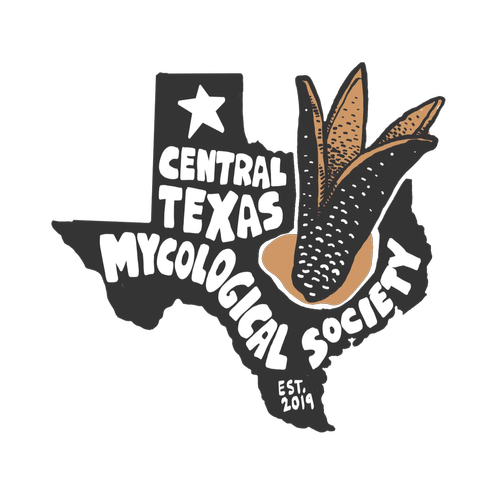Lo-Tek Mushroom Cultivation & COMPOSTING
Thank you for participating in our mushroom block giveaway and helping cycle organic waste into healthy soil! If you haven’t signed-up to get blocks you can do so here.
Scroll to find several videos on how to recycle the blocks and grow mushrooms outdoors. If you want to grow mushrooms in the existing bag go here to learn how.
Make a donation or become a member to help us keep the mycelium running.
Suggested donation is $5 a block
WANT US TO TEACH A clASS?
Sign-up to have us come teach at your organization. We do the program remotely or in-person anywhere in Central Texas and San Antonio area.
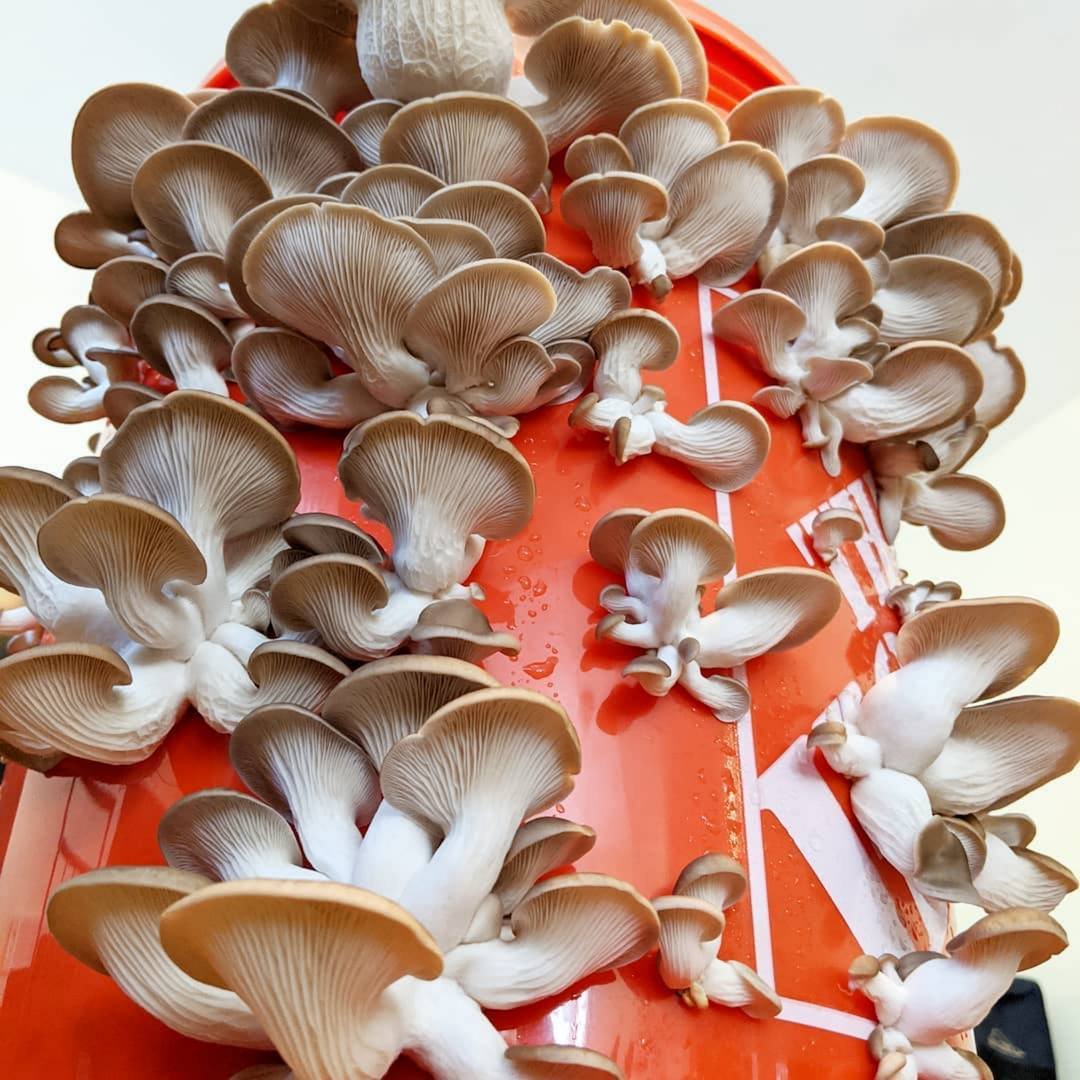
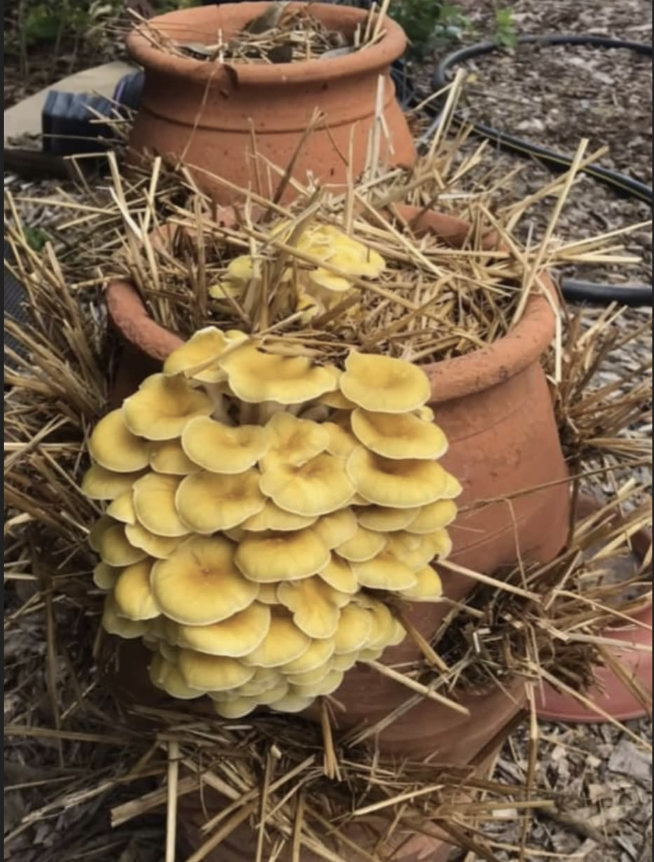
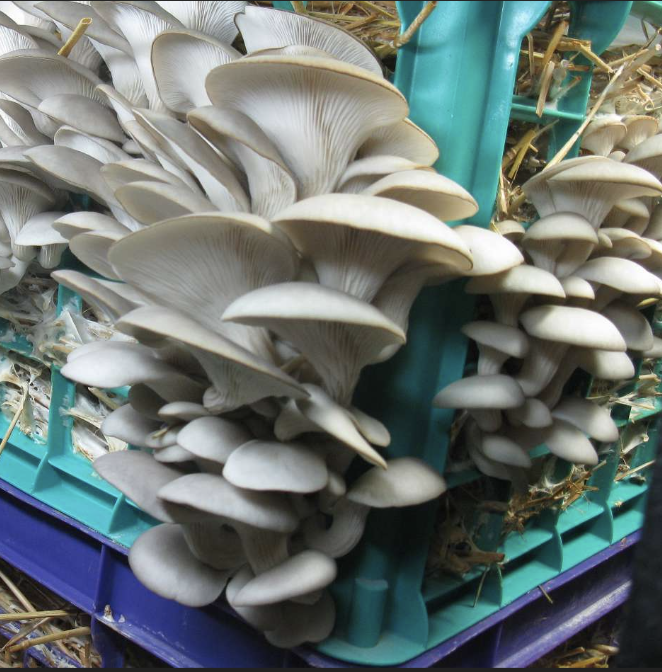
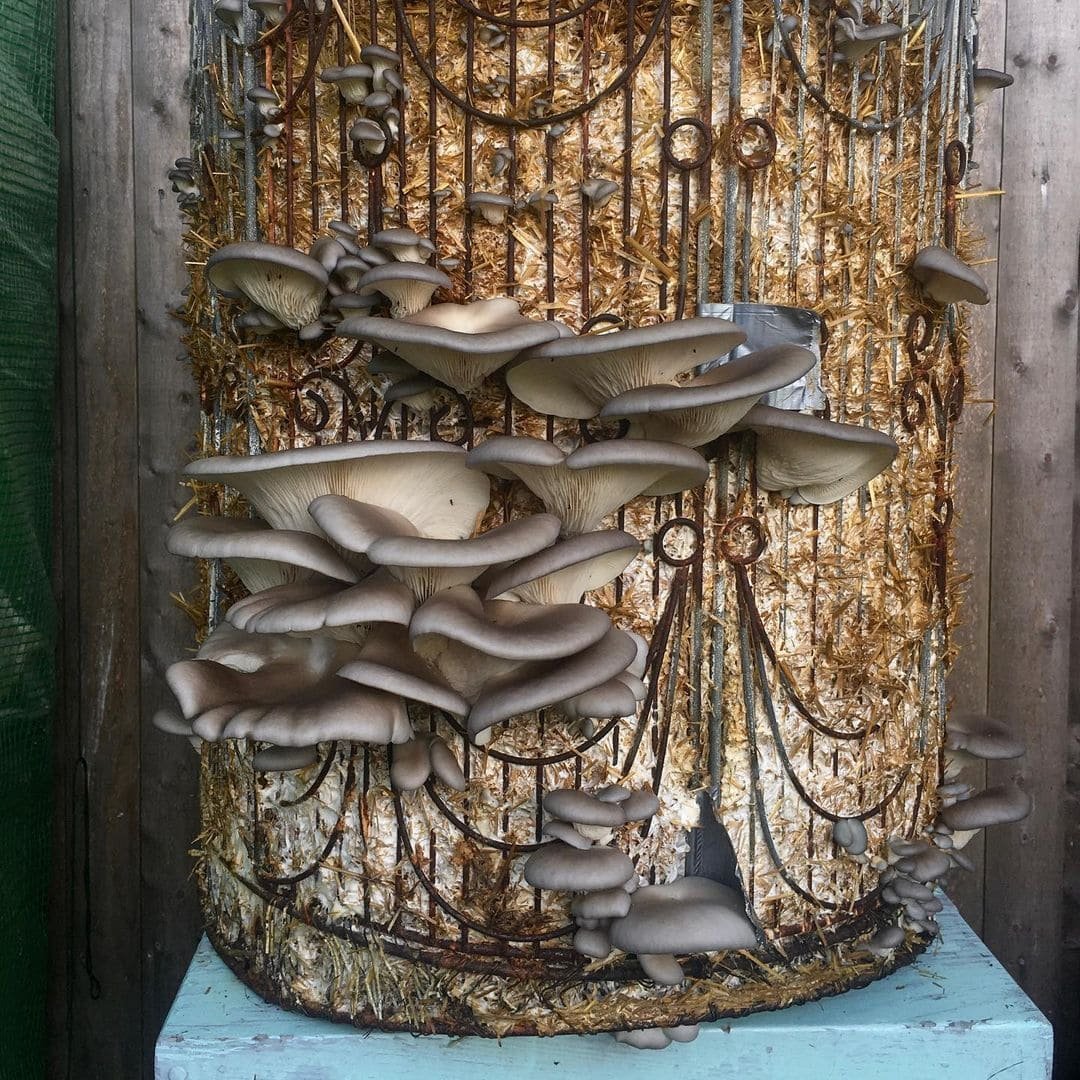
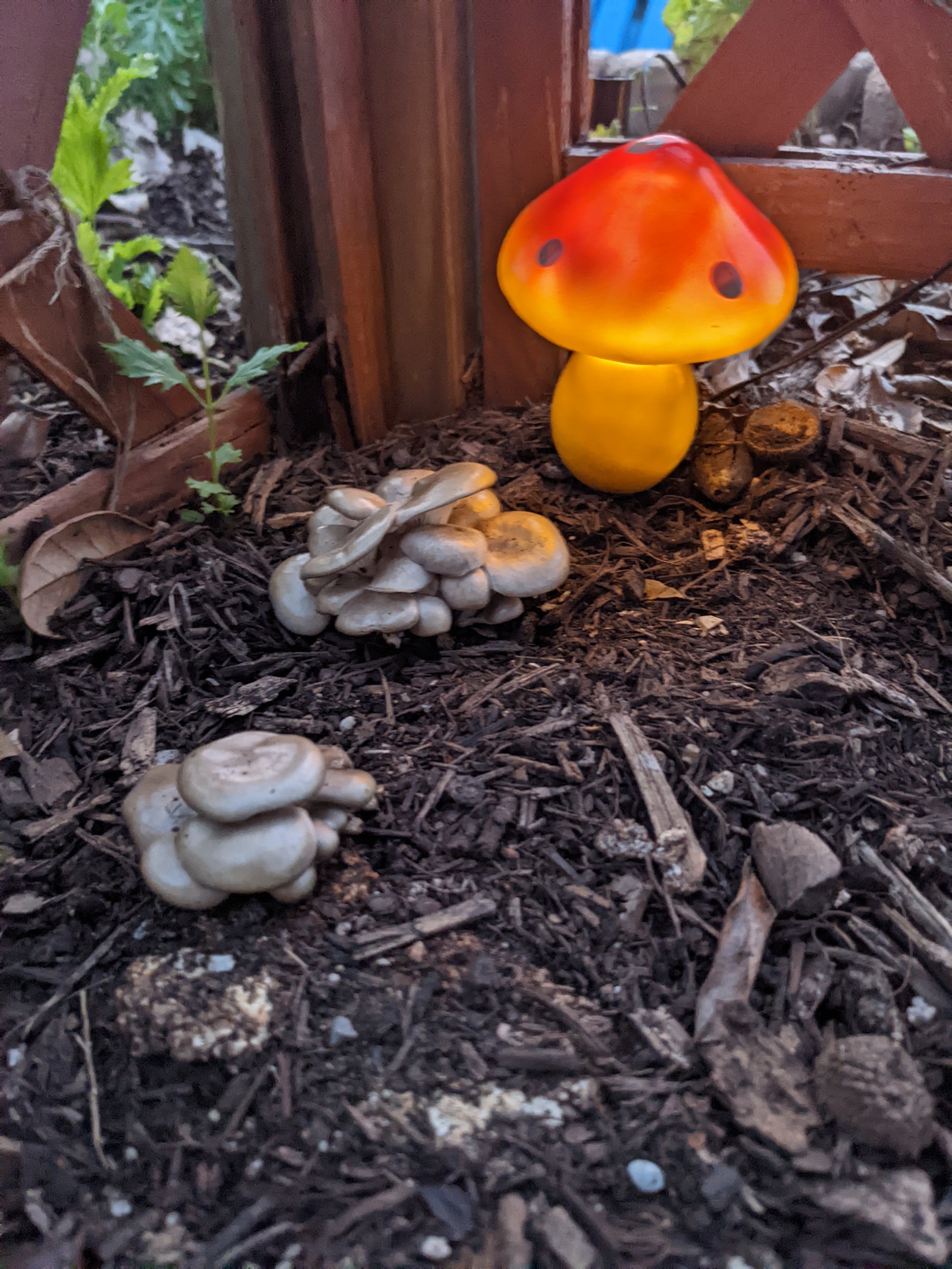

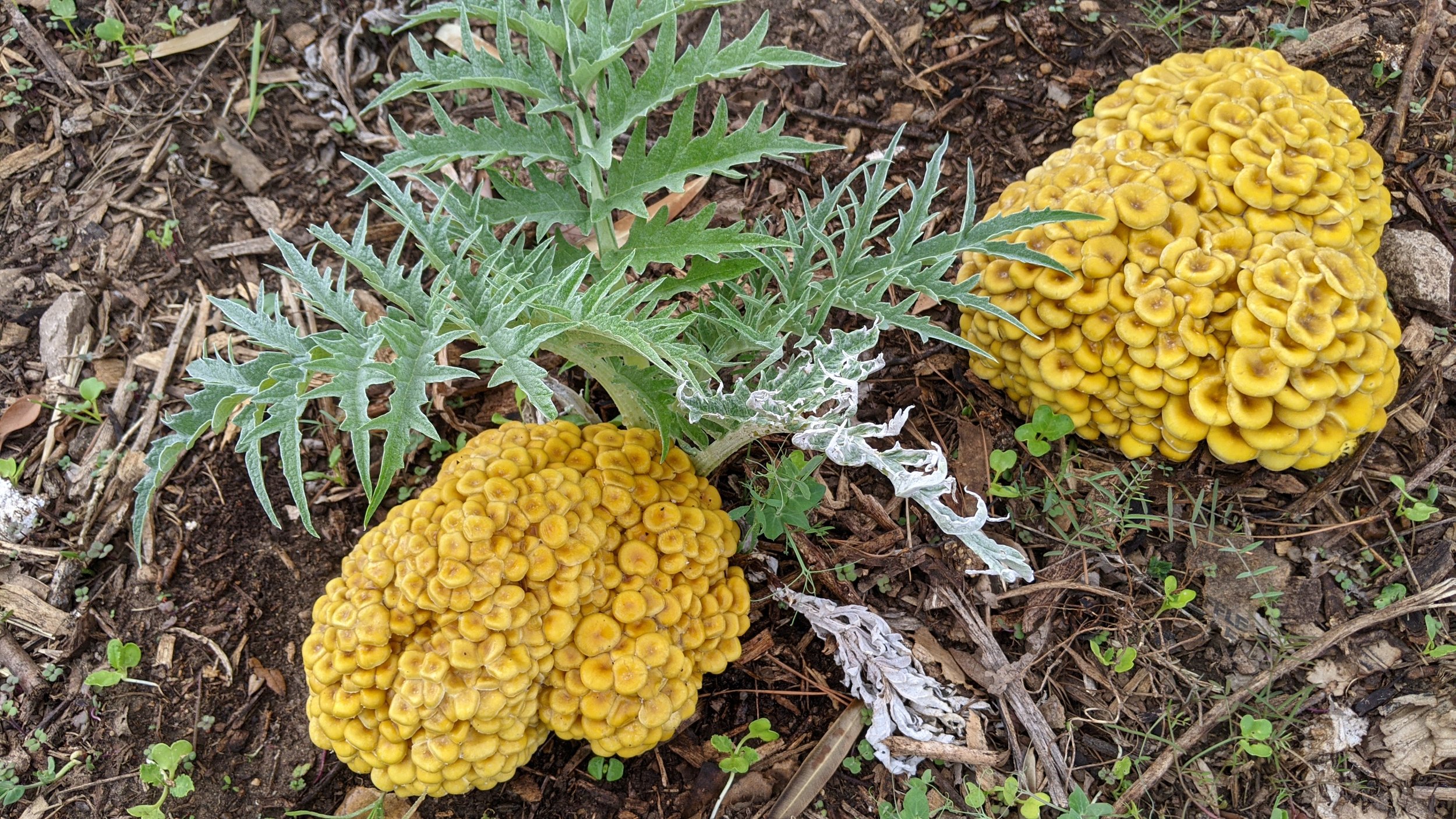

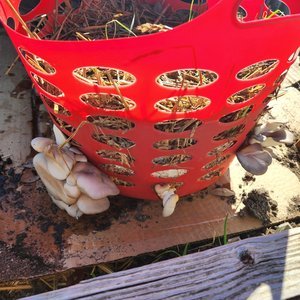
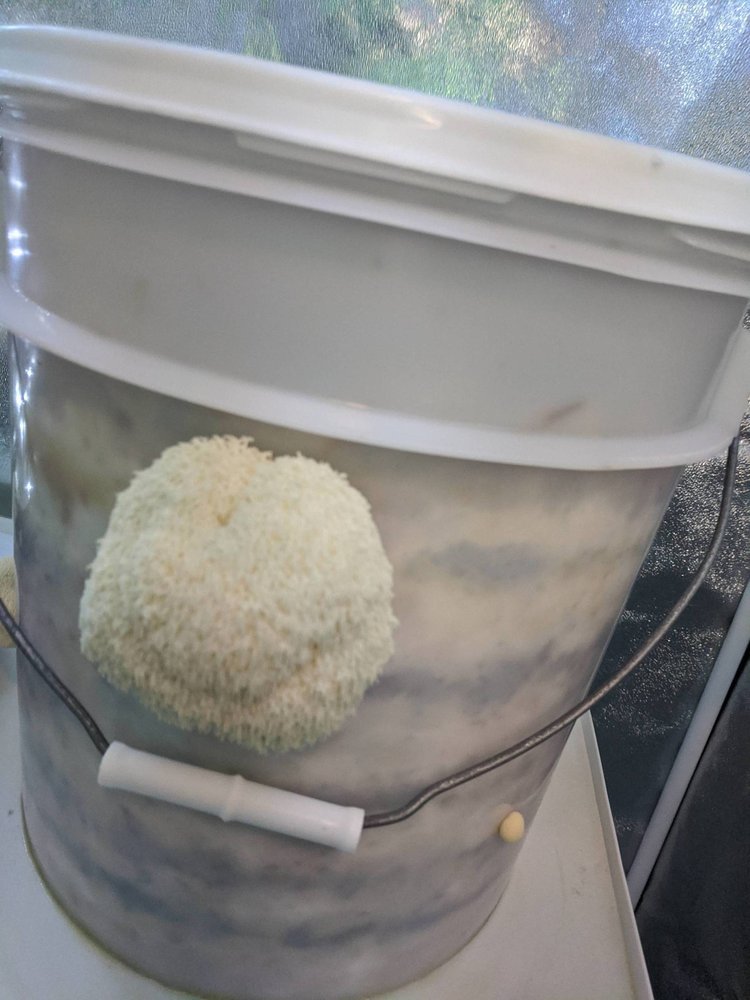
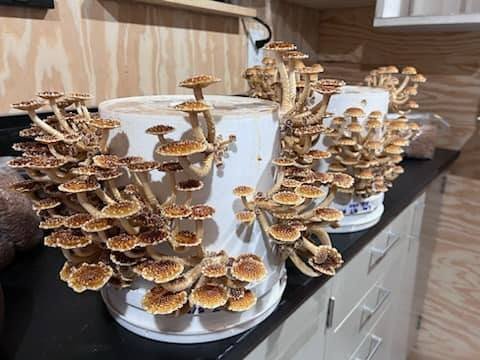

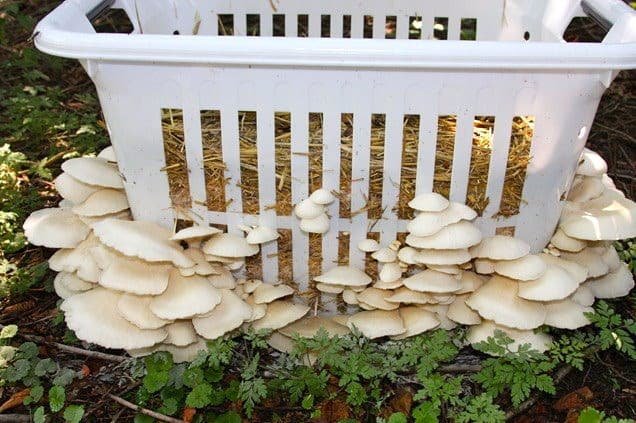
HOW-TO GROW MUSHROOMS IN THE GARDEN
In this Mycology in the Garden video series in collaboration with the Austin Organic Gardeners, we will show you how to recycle mushroom waste to compost and grow mushrooms outdoors in shady areas. You can also grow them alongside your vegetables, perennials, or in the shade of trees. These basic techniques require no special equipment or electricity, and can all be done outdoors using organic materials found such as straw, leaves, wood chips and logs which all make for great mushroom substrate.
Late fall into spring is the ideal time for growing mushrooms outdoors as mushrooms like Oysters and Lion’s Mane flush in the wild. Once temperature reach 80+ degrees the we recommend using the blocks to compost and mulch or growing indoors.
Part 1: How Fungi Benefits the Soil
Part 2: Grow Mushrooms on Wood Chips in The Garden
Part 3: Grow Mushrooms in a Straw Bale
Part 4: Grow Mushrooms in Containers
Part 5: Grow Mushrooms on Logs
Part 6: Grow Mushrooms using Trench Composting Method (most popular method)
Part 7: How to Compost with Recycled Mushroom Blocks
Part 8: Sheet Mulching with Mycelium
Part 9: How to Build a Johnson-Su Composter
Part 10: How to Grow Huitlacoche on Corn
SCIENTIFIC STUDIES
This study examines using Spent Mushroom Substrate (SMS) as fertilizer on beans, beets, garlic, greens, peas, peppers, radishes, and tomatoes. The conclusion: across all of the experiments the research has shown that SMS is a viable alternative to other fertilizers and soil conditioners and should be looked at as valuable product and not simply a waste material. It is a cost effective way for farmers and gardeners to build soil health while operating in a sustainable fashion and the benefits seem to get better with time and persist long after initial application.
One benefit of growing mushrooms outdoors is that they have a huge amount more vitamin D than those grown indoors or without UV light. Check out this study.
A recent study examined if recycling spent oyster mushroom compost could help farmers/gardeners manage plant-parasitic nematodes in the field.
Mushroom growing in grow bags at a farm.
WHERE DO THE BLOCKS COME FROM?
Many times mushroom farms grow mushrooms once, and then end up getting tossed in the waste. In Austin, we are collaborating with a local mushroom farms to help keep used mushroom blocks out of the waste to give people the opportunity to grow them using various methods.
If you don’t live in Austin contact your local mushroom farm to see if you can take mushroom blocks to compost. Visit our map of Texas Mushroom Companies.
ABOUT THE MUSHROOM VARIETIES
🌀 B- Blue Oysters
Flavor: Sweet and meaty with hints of licorice. Perfect for braising, sautéing, roasting, frying, grilling, and stir-frying.
Size & Cut: Largest blocks. They typically have a large diagonal slash across one side of the bag.
💛 G - Golden or Yellow Oysters
Flavor: Mild, nutty flavor. Cooked until golden and slightly crispy with a little butter and garlic. Try making an oyster mushroom “steak” recipe.
Size & Cut: Smaller in size and bags have a small “X” shaped cut about the size of a business card, resulting in a square hole.
🦁 L - Lions Mane
Flavor: Tender texture that mimics shellfish like scallops, crab, or lobster. A great alternative to seafood. Read about medicinal values.
Size & Cut: Smaller in size and blocks have a really dense and white outer mycelium. The bag will have a horizontal slash across one side.
From Left to Right: 🌀 Blue Oyster, 💛 Yellow Oyster, 🦁 Lion’s Mane
